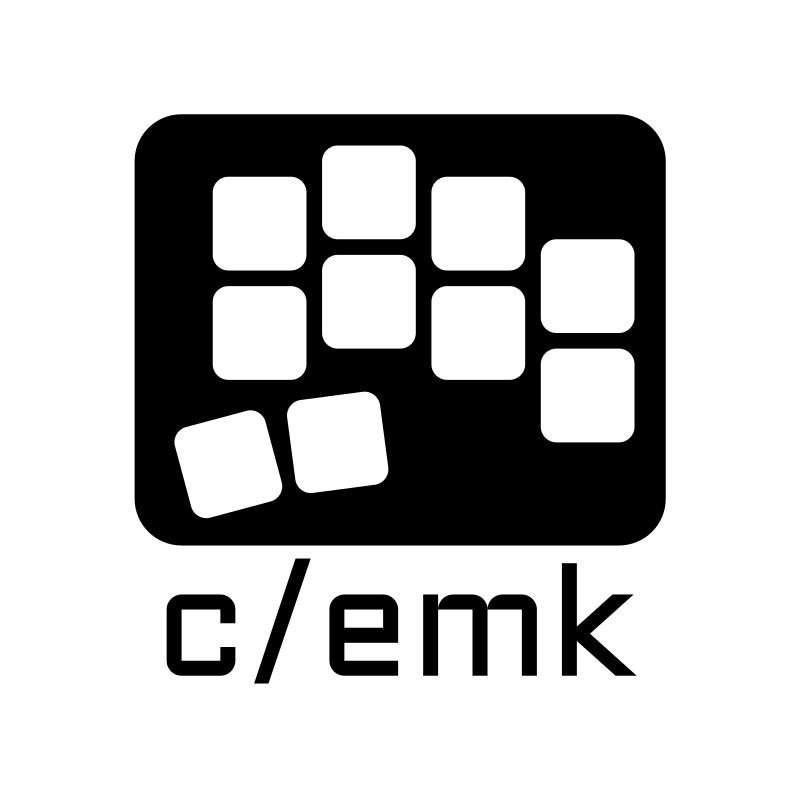

I’ve seen similar things with a physical keyboard connected. There are plenty other Android apps that can handle connected keyboards corrected by not showing the on screen keyboard(OSK) (the now defunct RIF being one). Right now the only way to not have flashing OSK is to turn it off system wide under android settings, which is not ideal (because it won’t turn itself on automatically when the physical keyboard disconnects)









Thanks for the pointer, I actually have accessibility turned on via bitwarden (a password manager) and never thought that might be correlated. Will test when I get the chance.